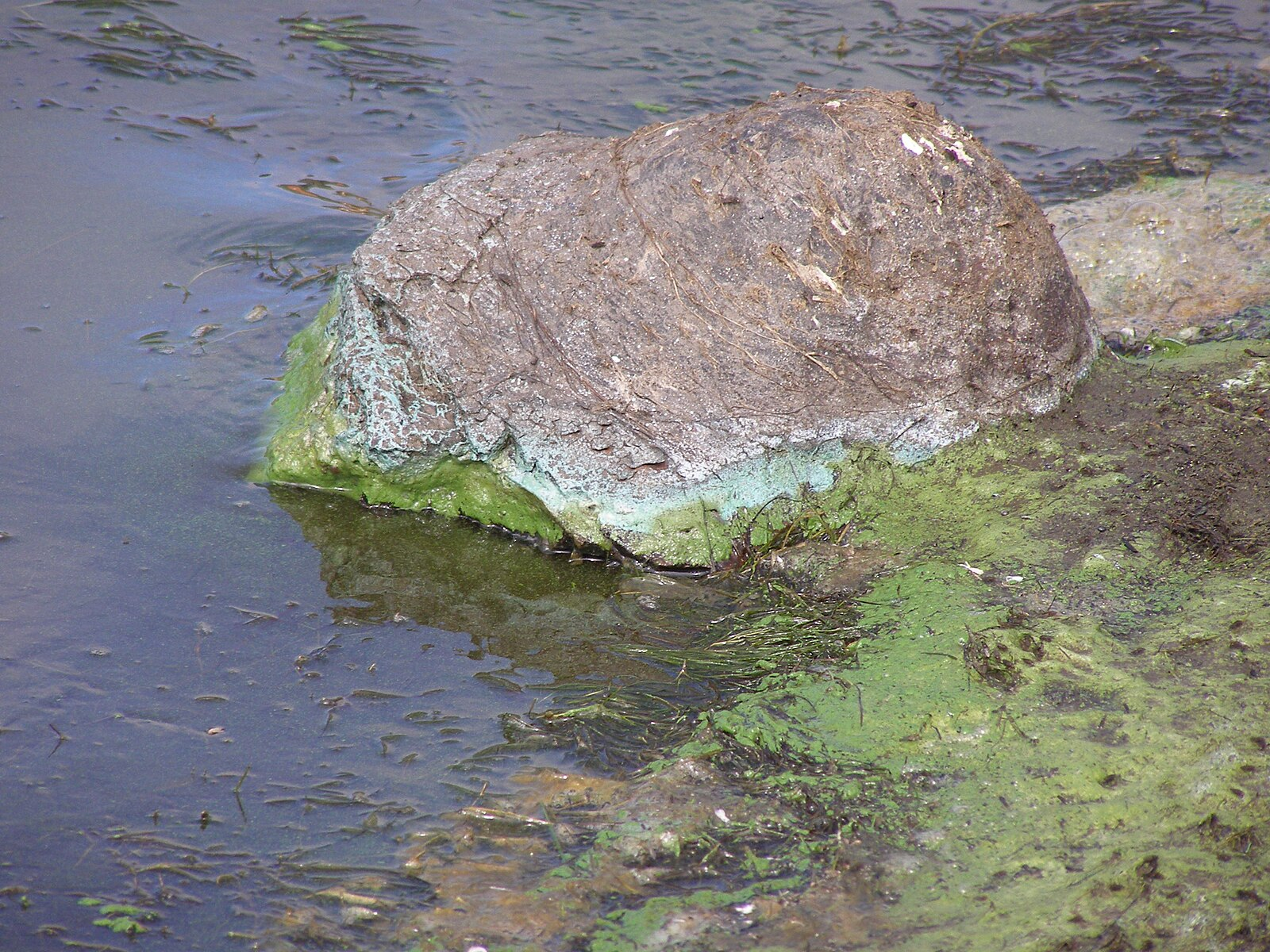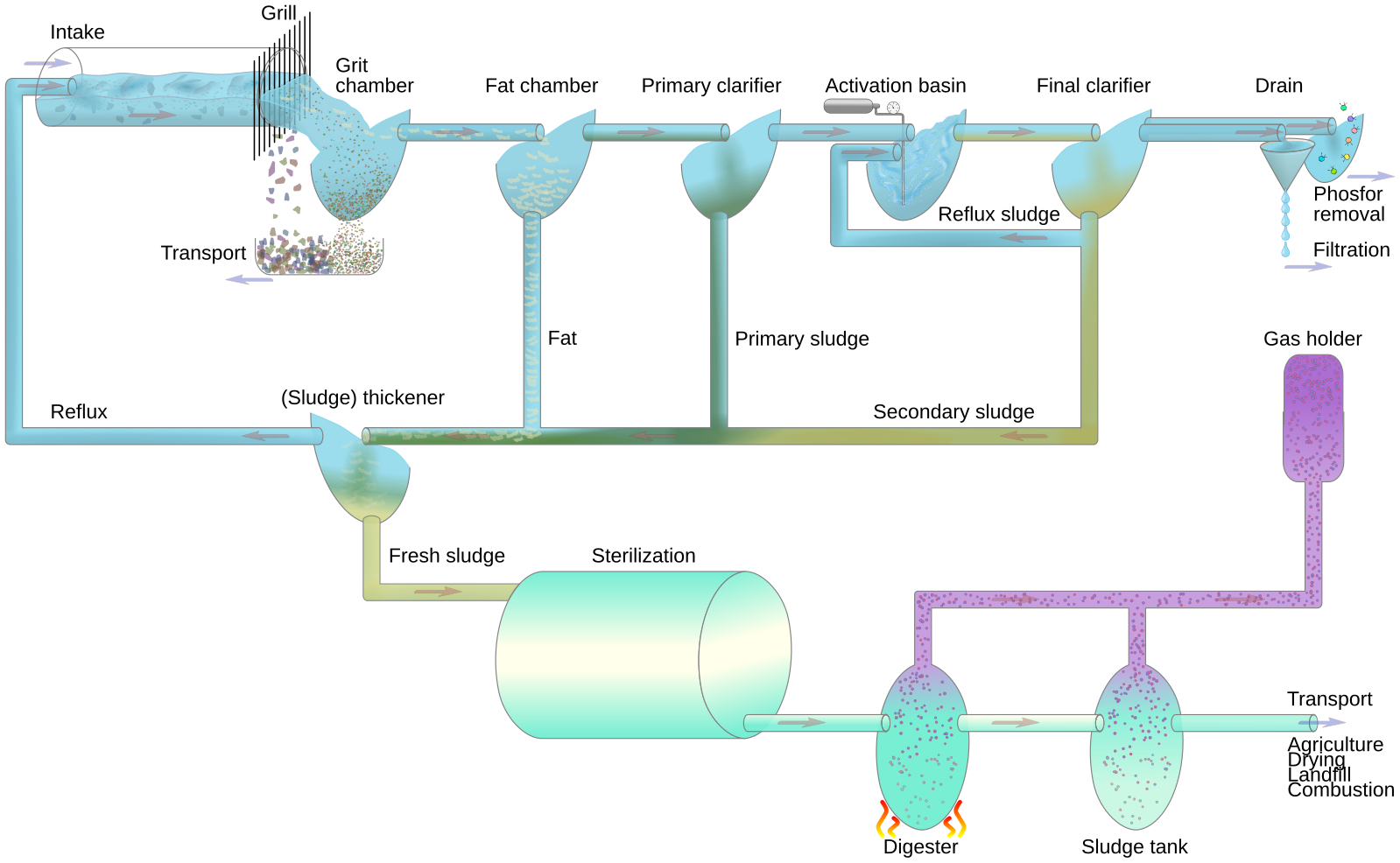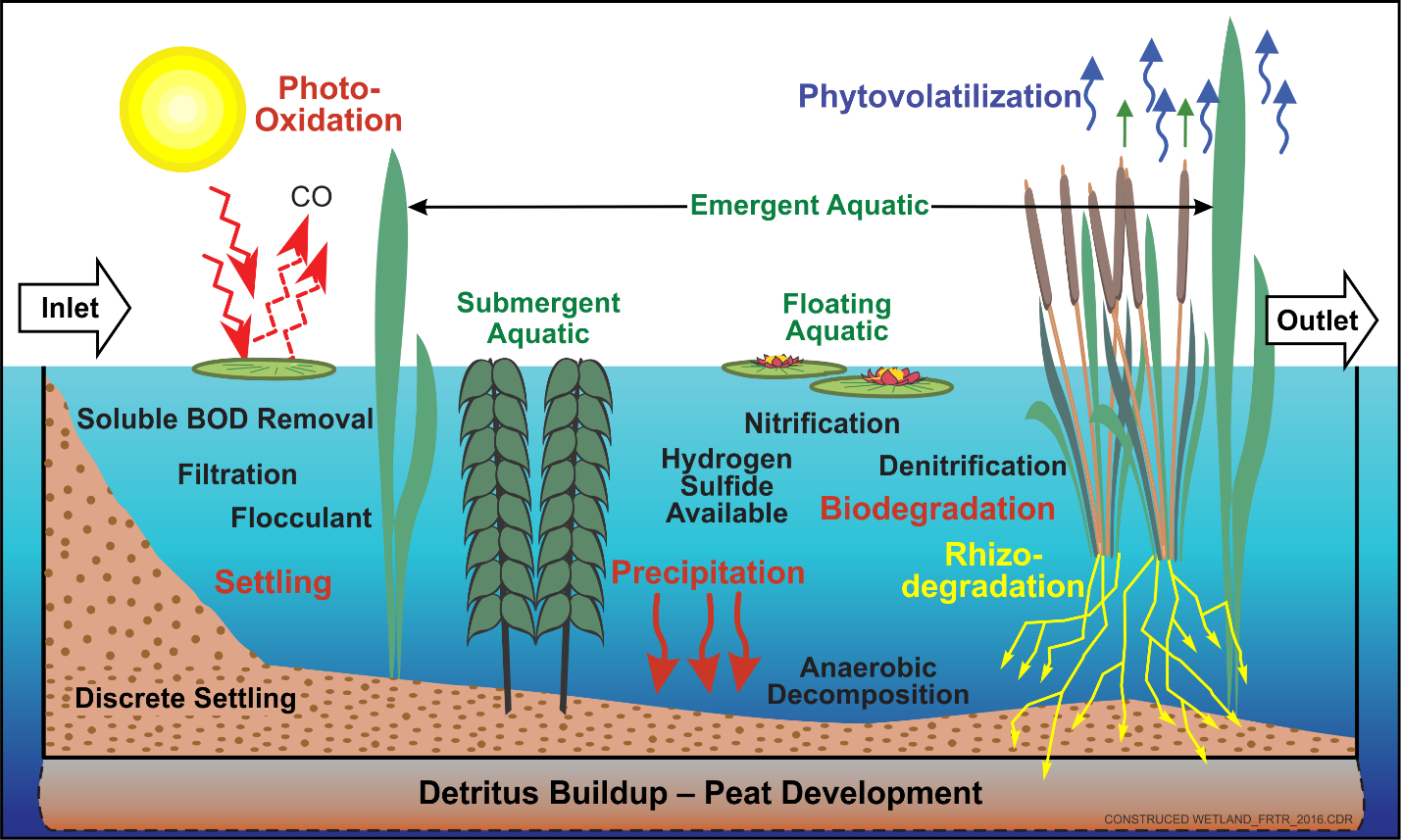IB Syllabus focus:
‘Harms fisheries, recreation, aesthetics and health. Manage by reducing pollutant generation, limiting releases (wastewater treatment), and removing pollutants/restoring ecosystems.’
Eutrophication damages aquatic systems by reducing biodiversity, harming fisheries, and lowering water quality. Understanding its impacts and management strategies is vital for sustainability and human well-being.
Impacts of Eutrophication on Ecosystem Services
Fisheries
Eutrophication disrupts aquatic food webs, leading to oxygen depletion (hypoxia) and creating dead zones. These zones make survival impossible for fish and invertebrates, causing significant declines in commercial and subsistence fisheries. Loss of fish stocks reduces income for fishing communities and threatens food security for populations reliant on aquatic protein.
Recreation and Tourism
Algal blooms reduce water clarity, produce foul odours, and sometimes release toxic cyanobacteria, making recreational activities such as swimming, boating, and angling unsafe or undesirable.

Dense cyanobacterial scum accumulating along a lake shoreline in eutrophic conditions. Blooms diminish water clarity, can produce toxins, and impair recreation and fisheries through oxygen stress. Source.
Aesthetics and Cultural Values
Healthy water bodies have cultural and aesthetic significance, often linked to identity, spirituality, and landscape appreciation. Eutrophication causes unattractive scums and discoloured water, reducing these cultural ecosystem services.
Public Health
Cyanobacterial toxins can contaminate drinking water sources, leading to liver and neurological damage in humans. Oxygen depletion also promotes the release of toxic substances such as ammonia and hydrogen sulphide, further threatening human and ecosystem health.
Management of Eutrophication
Preventing Pollutant Generation
The most effective management strategy is preventing nutrients from entering waterways in the first place. Excess nitrogen and phosphorus drive eutrophication, typically from agriculture and sewage.
Promoting sustainable farming practices (e.g., precision fertilisation) to minimise nutrient runoff.
Encouraging organic farming methods to reduce reliance on synthetic fertilisers.
Promoting responsible use of detergents and cleaning agents with lower phosphorus content.
Nutrient Loading: The input of nutrients, especially nitrogen and phosphorus, into an ecosystem, often leading to eutrophication.
Limiting Pollutant Release
Where prevention is insufficient, wastewater treatment plays a crucial role.

A simplified flow diagram of municipal wastewater treatment, showing screening/grit removal, primary clarification, and secondary (biological) treatment before discharge. Effective treatment reduces nutrient inputs to receiving waters and mitigates eutrophication risk. Source.
Primary treatment removes solid waste.
Secondary treatment uses microbes to degrade organic material.
Tertiary treatment targets nutrient removal, such as phosphorus precipitation or nitrogen denitrification.
Limiting agricultural runoff through riparian buffer zones and constructed wetlands reduces nutrient flow into rivers and lakes.

Schematics of surface-flow and subsurface-flow constructed wetlands showing inlet distribution, vegetated cells/media, and outlet control. These passive systems remove suspended solids and nutrients before water reaches rivers or lakes, aiding eutrophication management. Source.
Removing Pollutants and Restoring Ecosystems
When eutrophication has already occurred, active measures are required to restore ecosystems.
Dredging can remove nutrient-rich sediments.
Aeration adds oxygen to stratified or stagnant waters, improving aquatic survival.
Biomanipulation introduces or supports species (e.g., filter-feeding fish or mussels) that reduce algal biomass.
Macrophyte planting restores vegetation that competes with algae for nutrients and stabilises sediments.
Biomanipulation: The deliberate alteration of an ecosystem by adding or removing species to restore balance, often used in eutrophication management.
Integrated Management Approaches
Policy and Governance
Strong regulation is essential to coordinate efforts across regions, since eutrophication often involves shared water systems.
Setting nutrient discharge limits for industries and municipalities.
Enforcing agricultural runoff standards.
Implementing the polluter pays principle, making polluters responsible for cleanup costs.
Community and Individual Action
Citizen engagement strengthens management outcomes.
Local monitoring of water quality through citizen science programmes.
Promoting household-level actions, such as reducing fertiliser use and supporting eco-labelled products.
Raising awareness about the consequences of nutrient pollution.
Technological Solutions
Innovation provides new methods to address eutrophication.
Phosphate-stripping technologies in sewage plants.
Development of algal harvesting methods, turning blooms into fertilisers or biofuels.
Use of constructed wetlands that act as natural water filters.
Ecosystem-Based Management
Recognising eutrophication as a system-wide issue requires linking terrestrial, freshwater, and marine management.
Integrated catchment management aligns agricultural, urban, and industrial planning with water quality goals.
Restoration of wetlands and riparian zones provides natural nutrient sinks.
Adaptive management ensures that strategies evolve with monitoring data and ecological responses.
Catchment Management: Coordinated management of land, water, and human activities within a drainage basin to protect ecosystems and resources.
Balancing Human and Environmental Needs
Eutrophication management must balance ecological restoration with human needs for food, water, and economic development. While some interventions, like fertiliser reduction, may reduce crop yields, they enhance long-term sustainability. Likewise, investing in advanced wastewater treatment carries financial costs but secures safe drinking water, healthier fisheries, and thriving tourism industries.
Ultimately, sustainable management of eutrophication is not about a single solution but about combining prevention, treatment, restoration, and governance to protect water quality and the ecosystem services on which human societies depend.
FAQ
Eutrophication can cause blooms of cyanobacteria that release toxins into water sources. These toxins may not be fully removed by standard treatment, increasing health risks.
Excess organic matter from blooms also raises treatment costs as filtration, chemical use, and advanced purification steps are required to make the water safe for human consumption.
Unlike many algae, cyanobacteria can produce harmful toxins such as microcystins that damage the liver and nervous system.
They also thrive in nutrient-rich, warm waters, meaning eutrophic conditions create ideal environments for large, toxic blooms.
Sediments store nutrients like phosphorus, releasing them slowly back into the water.
This process, known as internal loading, means even if external nutrient inputs are reduced, eutrophication can continue for years.
Dense blooms block sunlight, limiting photosynthesis for submerged plants.
Oxygen depletion suffocates invertebrates and benthic species.
Specialist and sensitive organisms are outcompeted, leaving only tolerant generalists.
This shift results in less diverse, less stable ecosystems.
Restoration requires not only reducing external nutrient sources but also tackling sediment nutrient release.
Interventions like dredging or biomanipulation can be costly and disruptive. Success is slow because ecosystems may take decades to recover fully, even after inputs are controlled.
Practice Questions
Question 1 (2 marks)
State two ecosystem services that are negatively impacted by eutrophication.
Mark scheme:
Fisheries (e.g., decline in fish stocks due to hypoxia) (1)
Recreation (e.g., unsafe swimming, boating due to algal blooms) (1)
Aesthetics (e.g., scums and odours reducing cultural value) (1)
Health (e.g., cyanobacterial toxins in drinking water) (1)
[Maximum 2 marks. Any two valid services = 1 mark each]
Question 2 (5 marks)
Explain two management strategies for reducing eutrophication, and evaluate their effectiveness in restoring ecosystem health.
Mark scheme:
Identifying strategies:
Preventing nutrient inputs (e.g., reducing fertiliser use, buffer zones) (1)
Limiting releases through wastewater treatment (primary, secondary, tertiary) (1)
Removing pollutants/restoring ecosystems (e.g., aeration, dredging, biomanipulation) (1)
[Maximum 2 marks for identifying two correct strategies]
Explanation of how they work:
For example, buffer zones filter runoff and reduce nutrient flow (1)
Tertiary treatment removes nitrogen and phosphorus before discharge (1)
Aeration increases oxygen availability, improving fish survival (1)
[Maximum 2 marks for clear explanation, one per strategy]
Evaluation of effectiveness:
Short-term benefits versus long-term sustainability (1)
High cost of advanced treatment but large gains for drinking water and fisheries (1)
Restoration often only partially effective without prevention (1)
[Maximum 1 mark for evaluative comment]
[Total: 5 marks]

